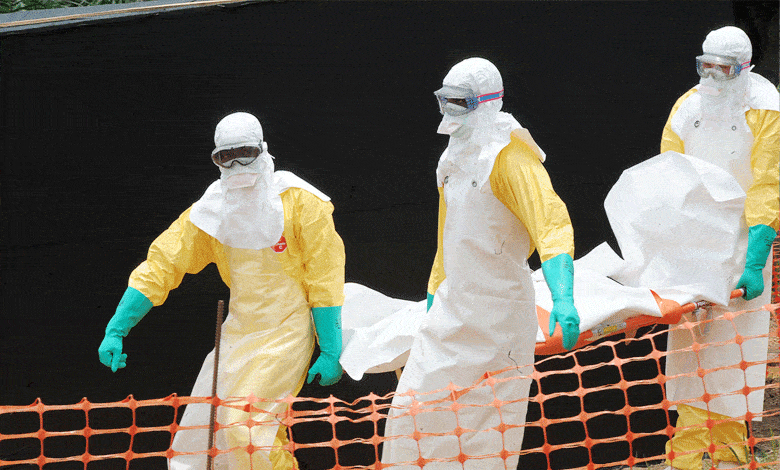Deadly “Bleeding Eye” Marburg Virus Claims 15 Lives in Rwanda, Spreads to Multiple Countries?
The Marburg virus, as described by the World Health Organization (WHO), is a highly contagious and often fatal disease. The natural host of the virus is the Rousettus aegyptiacus, a fruit bat belonging to the Pteropodidae family.

New Delhi: The deadly Marburg virus, also known as the “Bleeding Eye” virus, has claimed at least 15 lives in Rwanda and infected hundreds of others. Over the past two months, the virus has spread across 17 African countries, sparking global concern.
The UK Health Security Agency’s “Travel Health Pro” has issued a health advisory, warning travelers about the spread of Marburg in countries including Rwanda, Burundi, the Central African Republic, the Congo, the Democratic Republic of the Congo, Gabon, Kenya, Uganda, as well as Bolivia, Brazil, Colombia, Cuba, the Dominican Republic, Ecuador, Guyana, Panama, and Peru.
Table of Contents
Also Read: Indian Passengers Frustrated After 20-Hour Wait at Kuwait Airport
The advisory also highlighted the risk of two other infectious diseases—Clade 1 and Oropouche fever—that are spreading in the same regions. Travelers to these areas have been urged to take heightened precautions.
What Is the “Bleeding Eye” Virus?
The Marburg virus, as described by the World Health Organization (WHO), is a highly contagious and often fatal disease. The natural host of the virus is the Rousettus aegyptiacus, a fruit bat belonging to the Pteropodidae family.
Symptoms
The virus’s incubation period (time from exposure to symptoms) ranges from 2 to 21 days. Initial symptoms include high fever, severe headaches, and muscle weakness. By the third day, patients may experience abdominal pain, vomiting, diarrhea, and cramping.
By the fifth day, severe bleeding can occur, manifesting as fresh blood in vomit and stool or bleeding from the eyes, nose, mouth, ears, or gums.
In severe cases, death often occurs within 8 to 9 days of symptom onset, primarily due to blood loss and shock.
How Is It Transmitted?
The virus spreads through direct contact with the blood, secretions, or bodily fluids of infected individuals, or through contaminated surfaces like clothing or bedding.
Healthcare workers treating Marburg patients are particularly vulnerable to infection, as are individuals handling the bodies of deceased victims during funeral rites.
Treatment and Prevention
There is currently no vaccine or antiviral treatment for the Marburg virus. However, early supportive care, including rehydration and managing symptoms, can increase survival rates.
Health authorities worldwide are closely monitoring the situation and urging affected regions to implement strict infection control measures to prevent further outbreaks.
